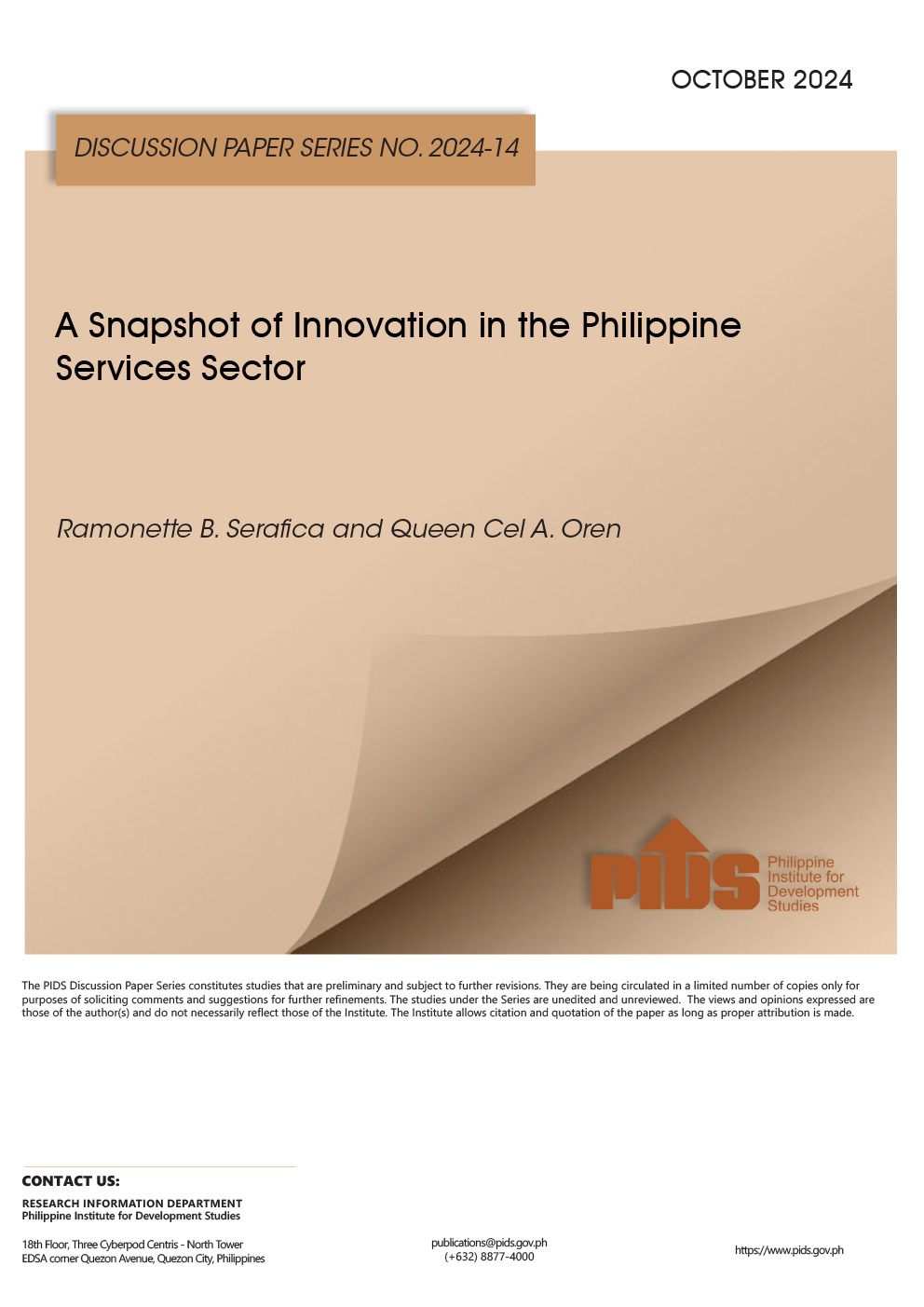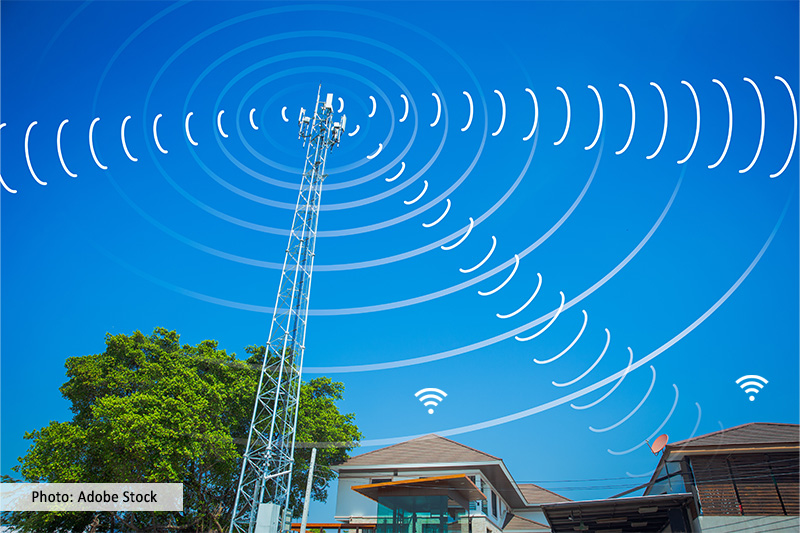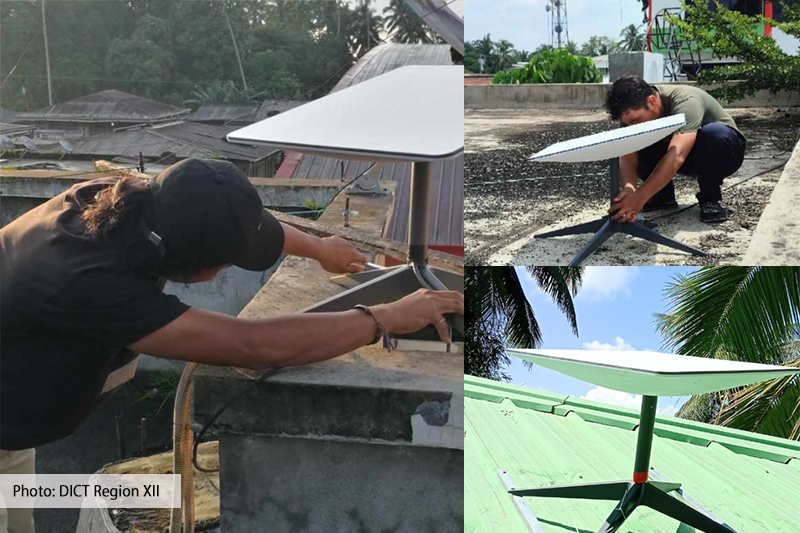The pandemic spotlighted two big challenges in the Philippine healthcare system – long wait times and staff shortages. While we are gradually coming out of the pandemic, we are not free of these challenges. With time, these challenges will intensify as illnesses like cancer and cardiovascular diseases will increase, contributed by an aging population and the rise of noncommunicable diseases (NCDs).
In Asia and the Pacific, the United Nations estimates that the percentage of those aged 60 years or over will increase from 13.6% of the total population in 2020 to 25% by 2050[1]. In the Philippines, it is estimated that senior citizens will account for 14% of the population by 2035[2]. We are also seeing an increase in cardiovascular diseases, cancer, and diabetes, which account for 68% of deaths locally in the Philippines[3]. With the growing aging population and rise of NCDs, we will see patient demand increasing, placing a greater burden on our healthcare systems and leading to longer patient wait times.
While we often hear about treatment options, diagnosis and monitoring of diseases are often overlooked. If hospitals are not able to diagnose patients efficiently and accurately, this trickles down to an increase in patient waiting time, exacerbating their medical cases, increasing patient costs and resulting in more stress on the overall health system.
Public health policies must be shaped to address these challenges. While local initiatives such as the Universal Healthcare Act and the National Integrated Cancer Control Act aim to ease financial burdens and create greater access to treatment, technology can be a silver bullet in addressing these challenges long-term.
Unlocking the full potential of AI to improved diagnosis, work efficiency and cost
Artificial intelligence (AI) has long been highlighted as a key to tackling the major challenges facing healthcare systems today as it can automate and accelerate routine tasks of healthcare professionals and generate patient-centric insights from large volumes of data to help improve productivity and enhance patient outcomes. In disease diagnosis, AI can enable magnetic resonance imaging (MRI) scans to be carried out three times faster than usual to reduce exam time, costs, and increase department productivity – ultimately benefiting patients.
In the Philippines, developments in the use of AI in healthcare are already happening. Healthcare providers are utilizing AI to speed up detection of liver cancer and Hepatitis B[4], while the government has unveiled AI-powered and data-driven solutions for accurate COVID-19 diagnosis[5].
At the European Congress of Radiology (ECR) in March, Philips presented its Al-powered integrated approach across various diagnostic tools including MR, CT, diagnostic X-ray and ultrasound, including next-generation imaging technology that leverages Philips’ state-of-the-art speed engine and an award-winning AI reconstruction technology that boosts speed and image quality. In partnership with Leiden University Medical Center (Leiden, The Netherlands), Philips is innovating with AI to improve MR examinations, with the aim to reduce scan times and to reconstruct detailed MR images despite patient or internal organ movement. The approach is already showing promising results in leading hospitals worldwide.
“By enhancing the jobs of healthcare workers, AI can help address staff burnout. This can also result in increased staff satisfaction and retention. By supporting healthcare workers, AI has the potential to improve care delivery, patient experiences, and overall health outcomes,” Natasha Kwan, Regional General Manager, Philips Health Systems for Singapore, Malaysia, Philippines and Growth Markets, Philips APAC.
According to Philips’ 2022 Future Health Index, healthcare leaders in APAC are recognizing the opportunities. Across the region, 82% of healthcare leaders predict that AI will become a top investment in the next 3 years.
AI as a tool to green healthcare in the Philippines
Beyond improving care delivery and workplace efficiencies, AI can also play a role in greening the healthcare industry. It can help predict when maintenance is required by identifying issues before they occur and enable engineers to assess and respond remotely.
“AI also supports preventive and virtual care by enabling healthcare workers to monitor and engage patients remotely. Not only can this give more people access to care, but it also lessens travel and CO2 emissions. According to our 2022 Future Health Index, 1 in 4 APAC healthcare leaders see sustainability practices, such as these, as a top priority today. We at Philips are encouraged by this, as we continue to embed sustainability and circularity in the way we do business and design our solutions,” added Natasha Kwan, Regional General Manager, Philips Health Systems for Singapore, Malaysia, Philippines and Growth Markets, Philips APAC.
As we look to implement more AI into our healthcare system, what’s important to remember is that AI is only as strong as the human experience it supports. Philips is continuously partnering with different healthcare institutions to deliver the right technology that supports staff and provides a better patient care experience. By collaborating with these different organizations, the brand ensures that technologies, such as AI, have a positive impact on the healthcare industry as whole.












